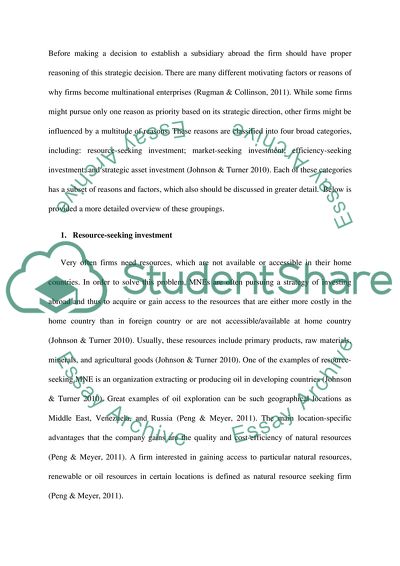Cite this document
(“Why Do Firms Become Multinational Enterprises Essay”, n.d.)
Why Do Firms Become Multinational Enterprises Essay. Retrieved from https://studentshare.org/marketing/1673469-why-do-firms-become-multinational-enterprises-identify-and-discuss-four-reasons-making-sure-to-incorporate-examples-into-your-answer
Why Do Firms Become Multinational Enterprises Essay. Retrieved from https://studentshare.org/marketing/1673469-why-do-firms-become-multinational-enterprises-identify-and-discuss-four-reasons-making-sure-to-incorporate-examples-into-your-answer
(Why Do Firms Become Multinational Enterprises Essay)
Why Do Firms Become Multinational Enterprises Essay. https://studentshare.org/marketing/1673469-why-do-firms-become-multinational-enterprises-identify-and-discuss-four-reasons-making-sure-to-incorporate-examples-into-your-answer.
Why Do Firms Become Multinational Enterprises Essay. https://studentshare.org/marketing/1673469-why-do-firms-become-multinational-enterprises-identify-and-discuss-four-reasons-making-sure-to-incorporate-examples-into-your-answer.
“Why Do Firms Become Multinational Enterprises Essay”, n.d. https://studentshare.org/marketing/1673469-why-do-firms-become-multinational-enterprises-identify-and-discuss-four-reasons-making-sure-to-incorporate-examples-into-your-answer.


